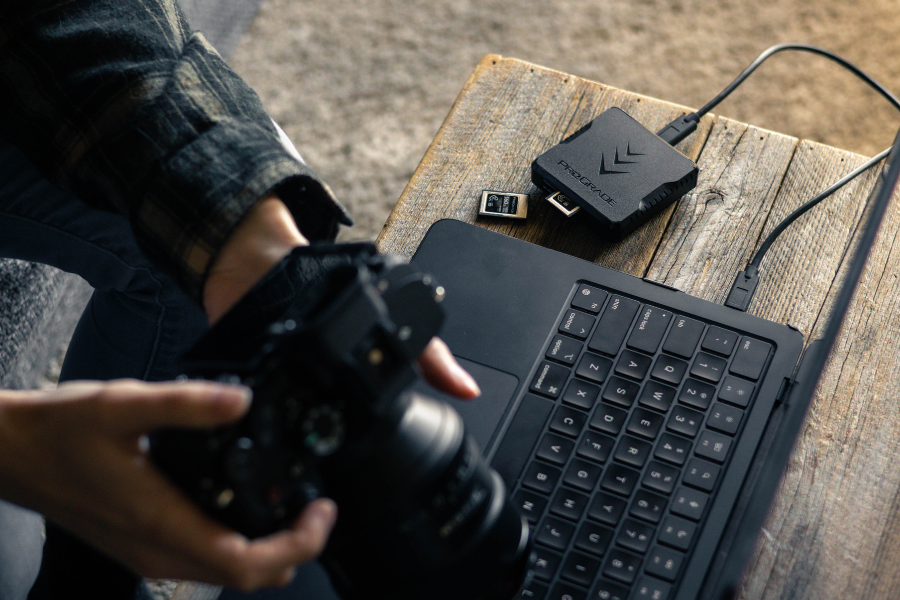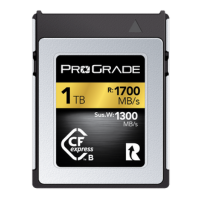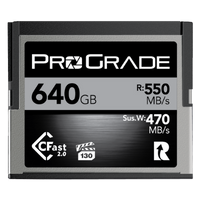Advanced Techniques for Shooting Motion Control and Stop Motion Animation in Photography and Videography: Part 1 of 2
Ever wonder how professional photographers and cinematographers create awe-inspiring visual masterpieces by orchestrating seamless camera movements or breathing life into everyday objects?
In this two-part article, we will embark on a thrilling journey, uncovering the secrets of motion control and stop-motion animation so you, too, can make your pictures and videos come alive with captivating movement and storytelling.
Whether you are a seasoned professional seeking to expand your creative arsenal or an aspiring enthusiast eager to explore new frontiers, these two articles will equip you with the knowledge and inspiration to unlock the full potential of motion control and stop-motion animation in your photography and videography.
In this article, part one, we will explore the fundamental principles of motion control, equipment requirements, and step-by-step instructions to help you master this technique and unleash your creativity.
For a deep dive into stop-motion animation, make sure to read part two of this article as well.
Delving into Motion Control Techniques: Principles and Applications
Motion control is a technique that involves precise control of camera movements or object manipulation during a shot. It allows photographers and cinematographers to orchestrate seamless, fluid movements, resulting in visually captivating and dynamic imagery. By harnessing different motion control techniques, you can unlock a world of possibilities and elevate your visual storytelling to new heights.
One of the key benefits of motion control is its ability to achieve smooth and precise camera movements. Whether it’s a sweeping panoramic shot, a graceful dolly movement, or a dynamic tracking sequence, motion control enables photographers and cinematographers to capture visually stunning footage with a sense of elegance and precision. These controlled movements create a sense of immersion and visual interest, captivating the viewer’s attention and adding a professional touch to the final output.
Moreover, motion control opens up a realm of creative possibilities for photographers and cinematographers. It allows for the integration of live-action footage with computer-generated imagery (CGI), enabling the seamless blending of real and virtual elements. This technique is widely used in the film industry to create breathtaking visual effects, transport audiences to fantastical worlds, and bring imaginary creatures to life.
In addition to filmmaking, motion control finds applications in various creative media, such as commercial photography, product shots, and advertising campaigns. By employing precise camera movements, photographers can showcase products from different angles, emphasize key features, and create dynamic and visually captivating content that grabs viewers’ attention.
Furthermore, motion control can be utilized in time-lapse photography to capture the passage of time in a visually compelling manner. By automating the camera’s movements, photographers can create stunning time-lapse sequences that showcase the transformation of landscapes, cityscapes, or the movement of celestial bodies.
As you delve into the world of motion control, remember that it is a tool that empowers you to create visual poetry and tell compelling stories through precise camera movements.
Advanced Motion Control: Techniques for Stunning Effects
Motion control is not limited to basic camera movements. In this section, we will explore advanced techniques that can elevate your production to new levels of visual excellence.
From creating captivating parallax shots to achieving dynamic camera movements, you will learn how to unleash the full creative potential of motion control in your photography and videography projects.
These techniques offer a wide range of creative possibilities, allowing you to achieve stunning effects and capture shots that leave a lasting impact on your audience.
1. Time-lapse Motion Control
Time-lapse photography combined with motion control opens up a realm of creative opportunities. This technique allows you to capture the passage of time in a visually compelling manner, revealing the subtle transformations of landscapes, cityscapes, and natural phenomena. To achieve stunning time-lapse sequences, follow these steps:
- Step 1 – Plan your time-lapse: Determine the duration of your desired sequence and select an appropriate interval between shots. Consider the speed of the subject’s movement and the desired final duration of the time-lapse.
- Step 2 – Set up your motion control system: Attach your camera to a motion control slider or pan/tilt head. Ensure that the system is securely mounted and calibrated for precise movement.
- Step 3 – Program the motion control system: Set the desired parameters, including the duration, interval, and movement path. Depending on your equipment, you may have options for linear, curved, or customized paths.
- Step 4 – Execute the time-lapse: Start the motion control system and let it capture the sequence of images according to your programmed parameters. Monitor the progress and make adjustments as needed.
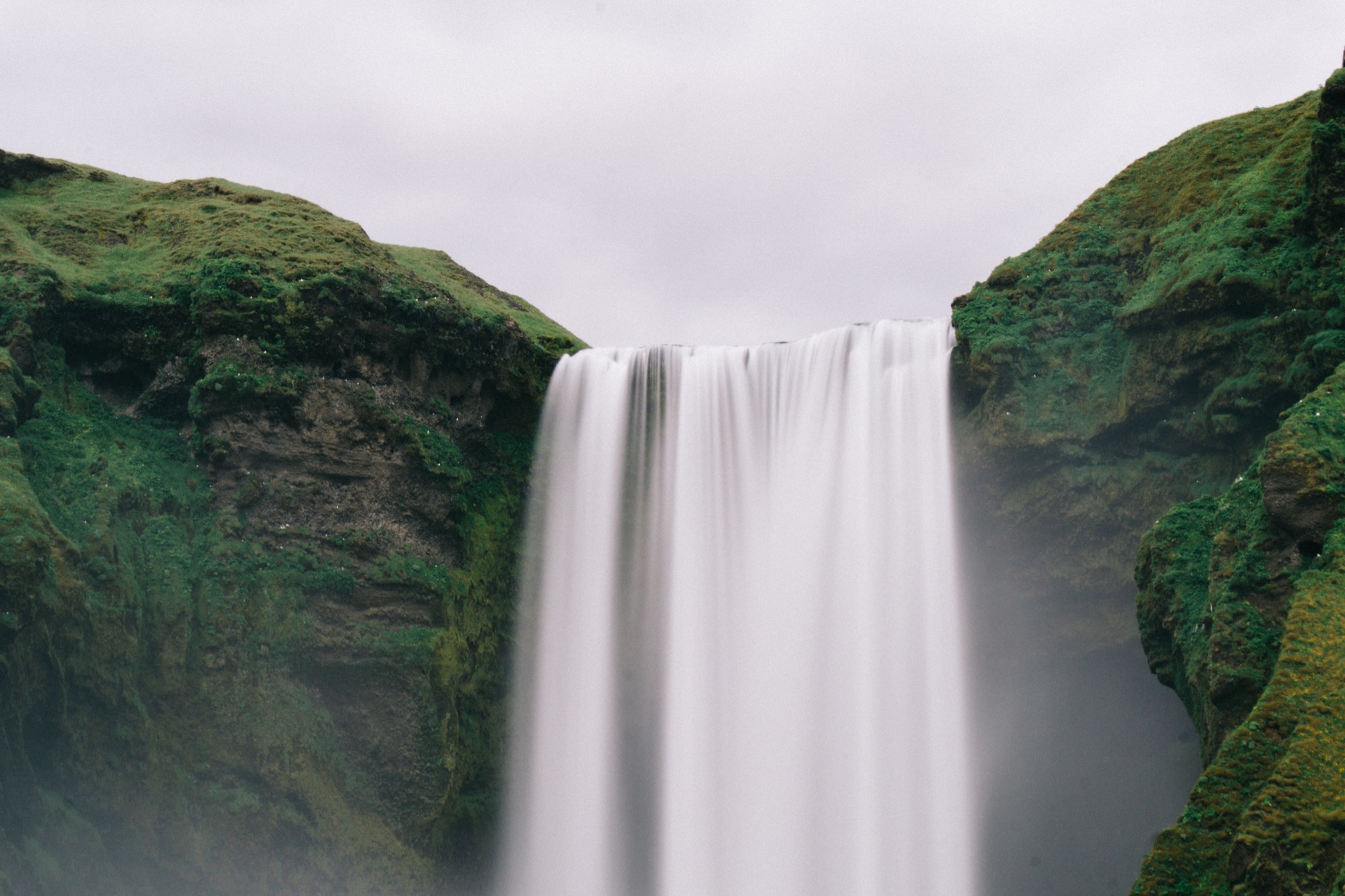
2. Parallax Shots
Dynamic camera movements can add a sense of energy and excitement to your shots, immersing viewers in the action. Parallax shots are one of them. They add depth and dimension to your footage, immersing viewers in the scene.
You can create a parallax effect by combining lateral camera movements with smooth dolly or tracking shots. This technique draws attention to foreground elements and creates a dynamic visual experience. To achieve stunning parallax effects, follow these steps:
- Step 1 – Set up your equipment: Securely mount your camera on a motion control slider or dolly setup. Ensure it is balanced and stable.
- Step 2 – Determine the camera movement: Plan the lateral camera movement that will create the parallax effect. Consider the composition and elements you want to emphasize.
- Step 3 – Set the motion control system: Program the motion control system to execute the desired camera movement. Configure the speed and duration of the movement to achieve the desired effect.
- Step 4 – Execute the shot: Start the motion control system and let it smoothly move the camera laterally. Monitor the shot and make adjustments as necessary to ensure a consistent and visually pleasing parallax effect.
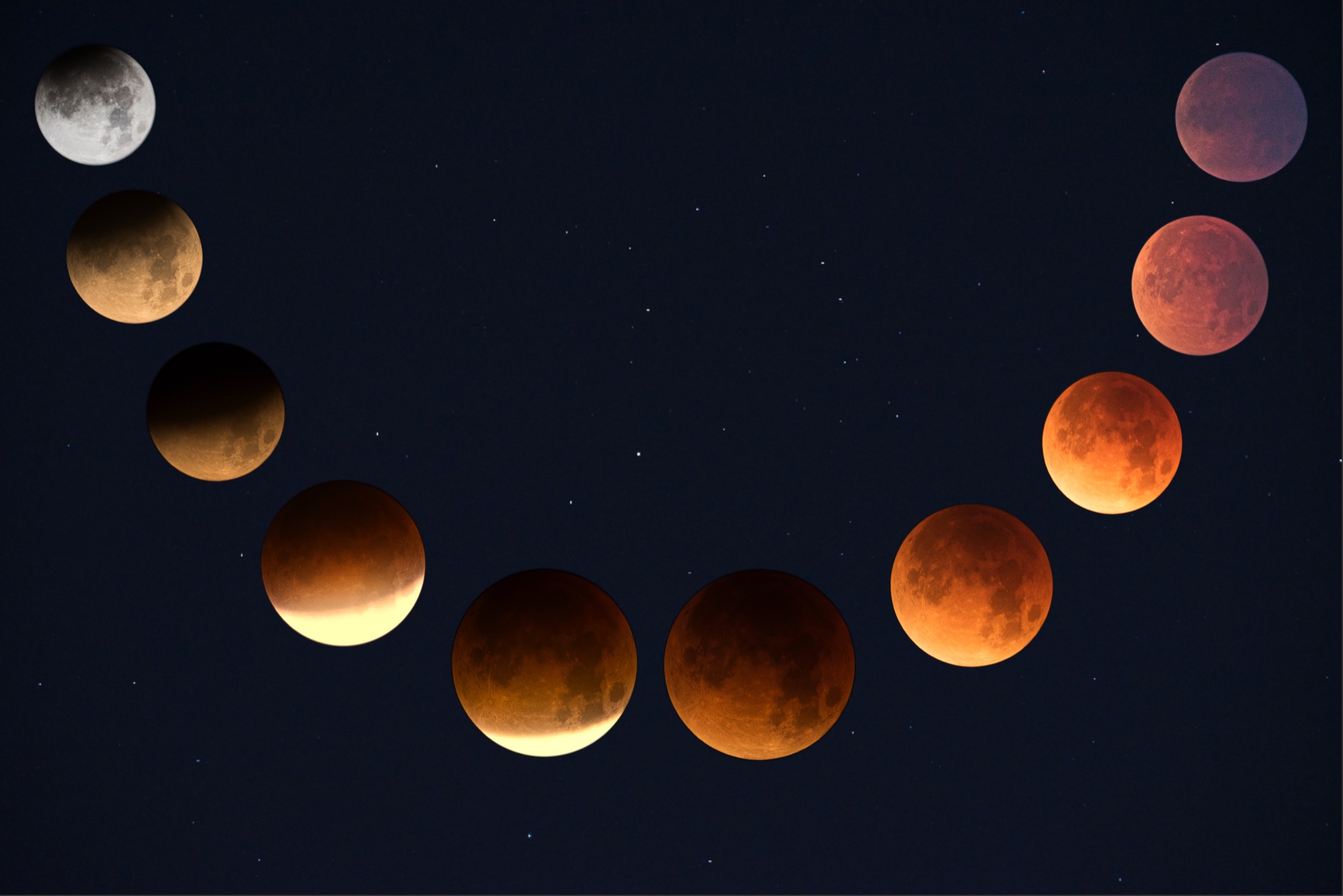
3. Dutch Angles
Dutch angles add a sense of tension, disorientation, or an unsettling atmosphere to your visuals. Use it strategically to convey specific emotions or enhance the narrative. To create a Dutch angle shot, follow these steps:
- Step 1 – Set up your camera: Mount your camera securely on a tripod or a stabilizing rig. Ensure it is leveled before proceeding.
- Step 2 – Tilt the camera: Adjust the tripod head or rig to tilt the camera at an angle. Experiment with different degrees of tilt to achieve the desired effect.
- Step 3 – Compose the shot: Frame your subject within the tilted frame, considering the visual impact and narrative intention of the Dutch angle.
- Step 4 – Capture the shot: Start recording or take a photograph while maintaining the tilt. Pay attention to the balance between the tilted frame and the subject within the frame to create a visually engaging Dutch angle shot.
4. Hyperlapse
Hyperlapse combines time-lapse photography with camera movement, creating a sense of motion and fluidity in your footage. To capture a hyperlapse, follow these steps:
- Step 1 – Plan your route: Determine the path you want to capture for the hyperlapse. Consider interesting landmarks or features along the way.
- Step 2 – Set up your camera: Mount your camera securely on a motion control slider or stabilizing rig. Ensure it is balanced and stable.
- Step 3 – Program the motion control system: Configure the motion control system to move the camera at specific intervals or distances along the determined path. Set the desired speed and duration of the hyperlapse sequence.
- Step 4 – Execute the hyperlapse: Start the motion control system and begin moving the camera along the planned route. Monitor the progress and adjust the settings as needed to maintain a smooth and consistent movement.
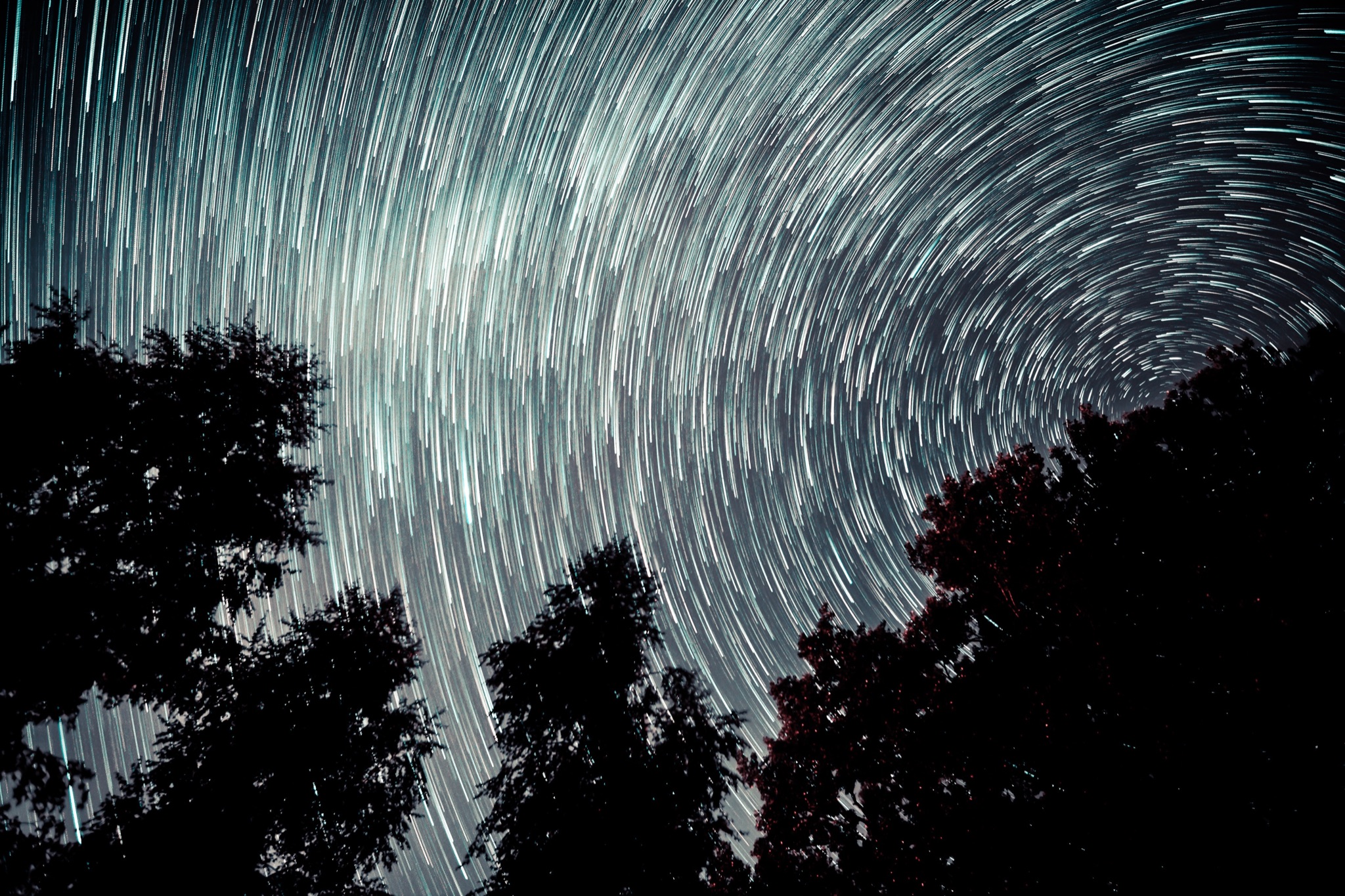
5. Automated Object Manipulation
Motion control is not limited to camera movements alone; it can also be applied to manipulate objects in a controlled and precise manner. Consider the following techniques:
- Object Spin: Attach the object to a turntable or rotating platform and program the motion control system to execute a smooth and consistent rotation. This technique is commonly used for product shots, showcasing the 360-degree view of an item.
- Object Levitation: Utilize a motion control system to suspend an object in mid-air or create the illusion of levitation. This technique adds an element of wonder and enchantment to your visuals, capturing attention and sparking curiosity.
Conclusion: Pushing Creative Boundaries with Advanced Techniques
Through precise camera movements, you can orchestrate seamless and fluid shots that immerse your audience in the story you want to tell. Motion control allows you to create stunning time-lapse sequences, revealing the beauty of the passage of time in a visually compelling manner. The integration of live-action footage with CGI opens up new dimensions of storytelling, where imagination knows no bounds.
But the adventure doesn’t end here! In part two of this article, we explore the magic of stop-motion animation, where inanimate objects come to life, infused with personality and charm. This technique adds a touch of whimsy and enchantment to our work, captivating hearts and sparking wonder in viewers, young and old.
So, don’t miss out on the chance to take your visual storytelling to new heights. Join us in part two and embark on a thrilling adventure that will leave you inspired and empowered to create awe-inspiring and dynamic imagery. See you in the next installment!
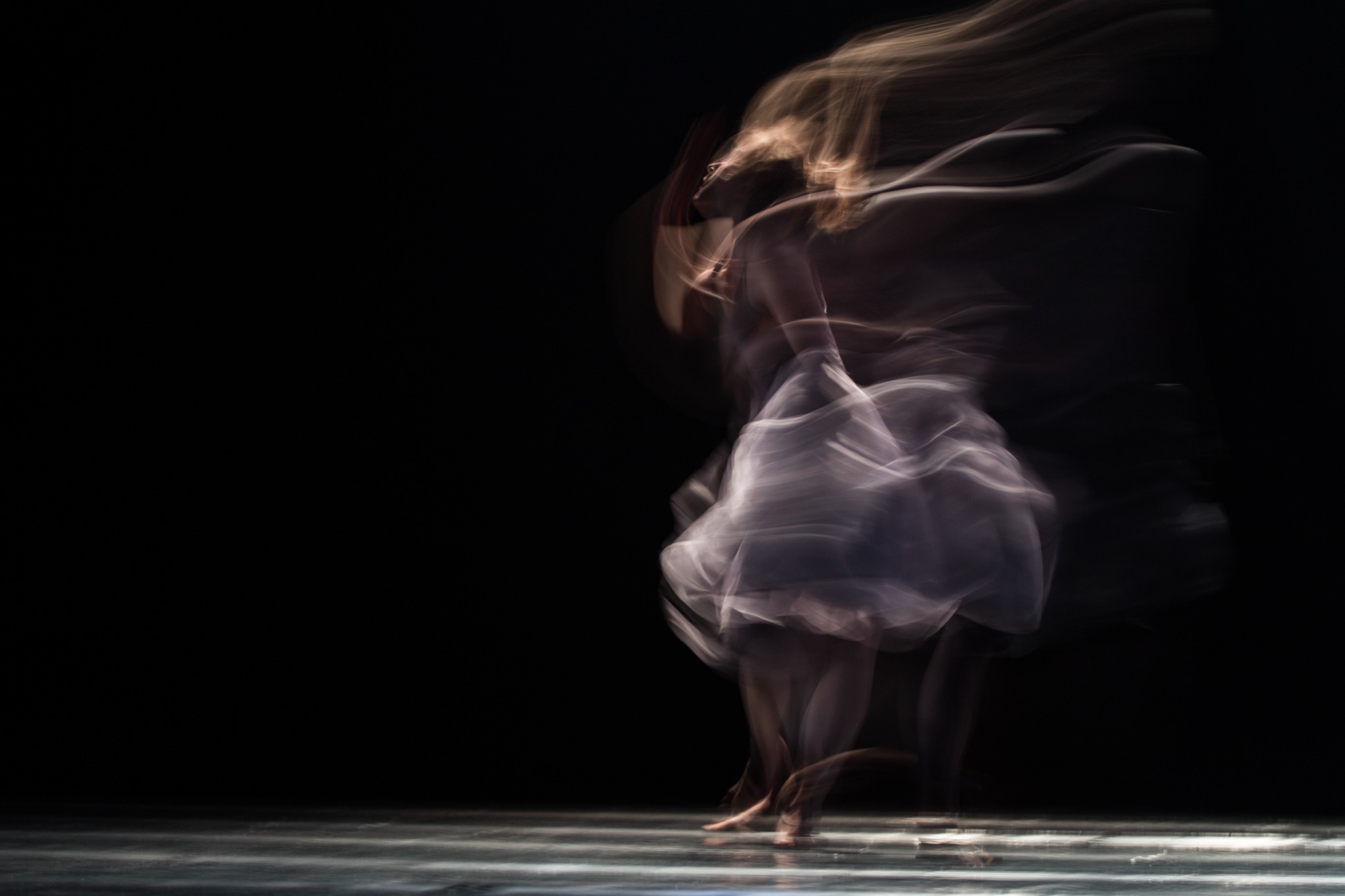
Ready to embark on your motion control journey with unrivaled creativity and precision?
Elevate your craft with ProGrade Digital memory cards and workflow readers. Experience lightning-fast speeds, unmatched reliability, and ample storage capacity to capture every intricate detail of your stop motion animations. Upgrade today and unleash the true magic of your creative vision.
